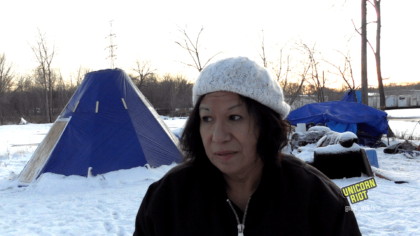ESKOM and the South African Energy Crises
Durban, SA – Since 2007, South Africa has experienced innumerable rolling blackouts and power outages due to the South African Energy Crises. Recurring utility disruptions have had tremendous financial, social and political impact on a country struggling to find ways to keep up with ever-increasing energy demand. Ailing and outdated infrastructure, combined with government corruption, inaction and mismanagement by authorities has only caused these crises to persist and grow.
At the heart of South Africa’s energy crises lies state-owned energy giant ESKOM (short for Elektrisiteitsvoorsieningskommissie. ‘electricity supply commission’ in Afrikaans.) ESKOM is responsible for 95% of South Africa’s energy supply and around 45% of Africa’s total energy supply. It’s the largest utility on the African continent and one of the largest energy producers in the world.
ESKOM Historical Timeline:
- 1922: Parliament passes the Electricity Act, bringing together multiple mining companies to form the state controlled, tax-exempt Electrical Supply Commission, ESCOM
- 1948: ESCOM completes takeover of Victoria Falls Power Company (VFP) consolidating control over South Africa’s electrical power generation
- 1950: ESCOM sees massive growth in the period following World War II. Power capacity doubles as ESCOM builds 8 new power plants
- 1970: ESCOM adopts a more corporate, profit-driven structure to counter shrinking international investments in the face of growing pressure on the racist, far-right South African apartheid government
- 1974: ESCOM begins work on Africa’s first and only nuclear power plant, the Koeberg nuclear power station
- 1987: The utility’s English and Afrikaans abbreviations (ESCOM and EVKOM) are combined into ‘ESKOM’
- 1994: ESKOM begins a massive post-apartheid electrification program, bringing power to millions of poor, primarily Black South Africans
- 2007: Rolling blackouts plague the nation, as the South African Energy Crises begins.
The early history of ESKOM is directly rooted in British colonization of southern Africa during the late 19th century. During this time, the mining industry became the primary force supporting South Africa’s economy; this role continues into the present. European companies began moving into the area to mine precious raw materials including gold, diamonds, and coal.
The earliest group of European colonizer businessmen were given the name ‘Randlords’ after the Witwatersrand Basin, where large gold deposits were first found in 1886. The ‘Randlords’ economic legacy became so great that in 1961 South Africa would christen the nation’s official currency with its current name — the Rand.
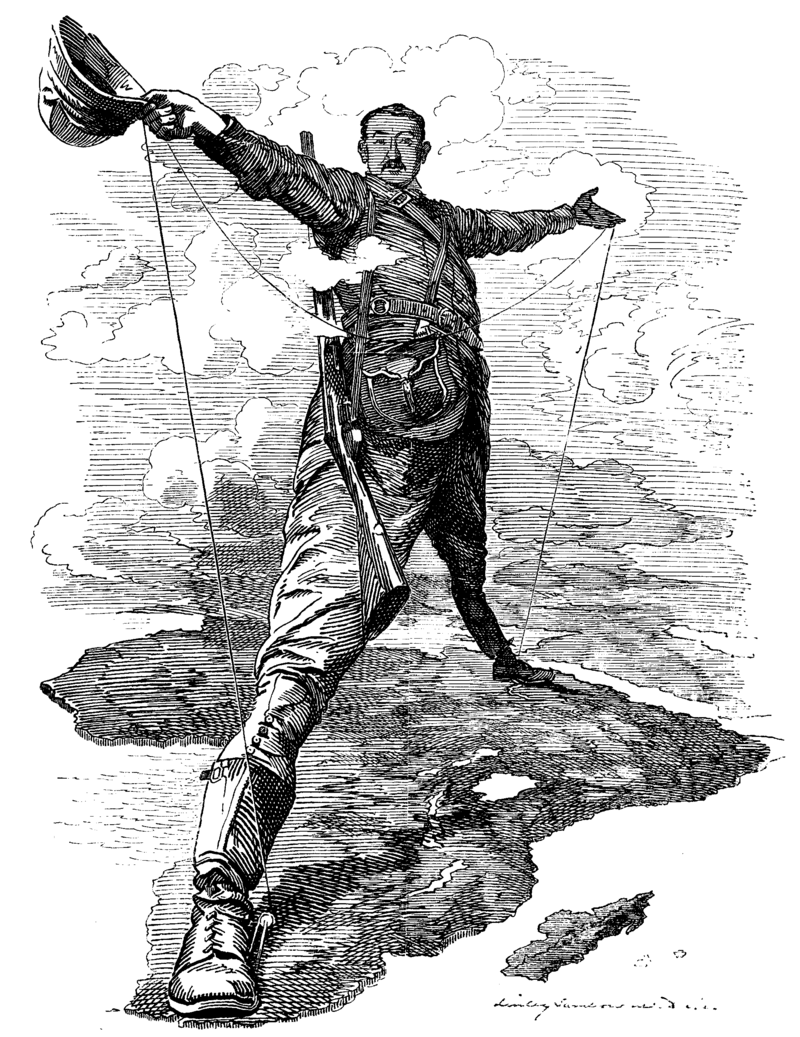
Colonial mining operations in South Africa grew quickly, which increased demand for electricity. Due to the critical economic importance of the mining industry, then-South African president Jan Smuts formed a committee to look into how best to power the mines. The committee’s findings led to the 1922 Electricity Act, which established state control over the national electricity supply.
In 1923, the Electrical Supply Commission (ESCOM) was established with the mission of centralizing South Africa’s power supply and providing cheap and abundant electricity to benefit the mining industry. ESCOM was granted tax-exempt status and barred from ‘making a profit’ so as not to interfere with the government’s mission to serve the mines.
The definition of the word profit in relation to the utility giant was, and still is, a controversial topic. ESCOM was initially registered as ‘non-profit’ because the electricity it produces is sold as cheaply as possible and only used to pay for the maintenance/expansion of electricity. This is in contrast to a standard corporation which is obligated to turn a profit for investors. While ESCOM was not formed as a standard capitalist enterprise, its very existence is due to the fact that privately-owned mining companies needed a centralized, cheap and steady supply of electricity. ESCOM was created to fill this role, contributing greatly towards the private earnings of the wealthy ‘Randlords’ of the time.
Before ESCOM could dominate the South African electricity market, it would need to absorb the Victoria Falls Power Company (VFP). VFP had controlled the power supply to gold mining operations in the region. After months of negotiations in 1948, the two utilities signed an agreement formalizing the takeover of VFP by ESCOM. The deal cemented ESCOM’s position as the dominant electric utility across Africa.
From the 1950s through the 70s, ESCOM saw tremendous expansion. During this period of growth the commission struggled to meet unprecedented demand, and interruptions in power supply became the norm. Searching for a solution to outages, ESCOM began construction of numerous power plants including Africa’s first and only current nuclear power plant, the Koeberg nuclear power plant.
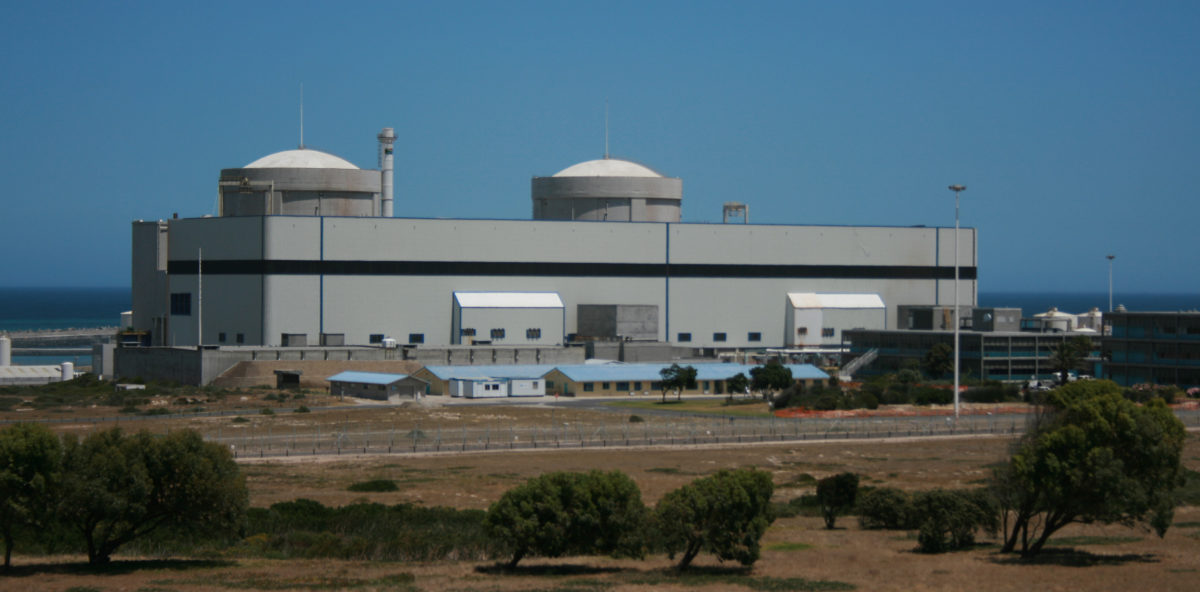
Apartheid South Africa
ESCOM began to face additional financial problems due to growing international boycotts targeting South Africa’s racist Apartheid policies (‘apartness’ in Afrikaans).
Anti-apartheid campaigns had a direct effect on the Koeberg nuclear plants’s construction, which was postponed several times. In response to finance problems exasperated by boycotts, by the end of the 1970s ESKOM began to abandon its original structure in favor of a more corporate, profit-driven model in order to raise the needed capital to build additional power plants.
In the 1980s demand for electricity started to slow down, but ESCOM continued building more power plants. After numerous delays, the Koeberg nuclear power station was finally commissioned in 1984, after which the company combined its English and Afrikaans abbreviations (ESCOM and EVKOM) and became known by its current name ESKOM.
By the early 1990s, growing international pressure and domestic political instability made it clear to those in power that the racist Apartheid system was no longer viable. Under this system, government services such as running water and electricity were mostly limited to the white minority population. Sensing the imminent change in government leadership, ESKOM claimed it began meeting privately with the then-banned African National Congress (ANC) in preparation for one of its most ambitious projects to date.
After Nelson Mandela and his ANC comrades negotiated the end of the white supremacist Apartheid regime in 1994, democratic elections were held for the first time in South Africa’s history. Nelson Mandela became president and the ANC secured control of parliament, effectively becoming the national ruling party. Since then, the ANC has never lost an election and continues to dominate the government, though its grip on power has loosened over the years.
Under the ANC’s direction, ESKOM began a massive electrification project to bring power to millions of neglected Black South Africans for the first time. This electrification program, however, ran into major challenges when it came to payment. Neither ESKOM nor the local municipalities had the revenue to fund ambitious electrification projects. Wealthy international capitalists were not keen to invest in a state-owned utility that wasn’t designed to provide them with profit in exchange for investing.
International investors were clear that in order to secure their funding, ESKOM would need to be fractured and sold in pieces to private interests. South Africa’s biggest labor union confederation, the Congress of South African Trade Unions (COSATU), along with the politically-influential South African Communist Party (SACP), fiercely resisted efforts to privatize ESKOM. COSATU and SACP, which make up two-thirds of the country’s powerful ‘Tripartite Alliance’, opposed privatizing ESKOM on the grounds that doing so would result in reduced benefits/wages for workers as well as higher prices for consumers.
“If privatised, Eskom’s assets will be used to feed the market logic of profit making and profit maximisation, away from meeting the social and energy needs of the people. The vultures want to leave Eskom with ageing power-stations, while its lucrative assets are conveyed to the capitalist private ownership of profit-seekers.”
— South African Communist Party
As a result, ESKOM remains mostly dependent on government aid and has been forced to borrow ever-increasing amounts of money. As of today, ESKOM’s total debt stands at a staggering R448 billion ($29.5BN).
Source of the Crises
By 1999, ESKOM boasted that they managed to meet their goal of connecting 1.75 million homes to the grid. Its power generators, however, were not designed to handle such heavy loads without substantial upgrades.
Although the electrification program was making progress, government officials warned that South Africa was in danger of severe power shortages. A 1998 paper from South Africa’s Deptartment of Energy and Minerals identified numerous issues with ESKOM’s overtaxed power plants and accurately predicted that unless ESKOM were to receive more money to upgrade its power capacity, a national energy crisis would develop by 2007.
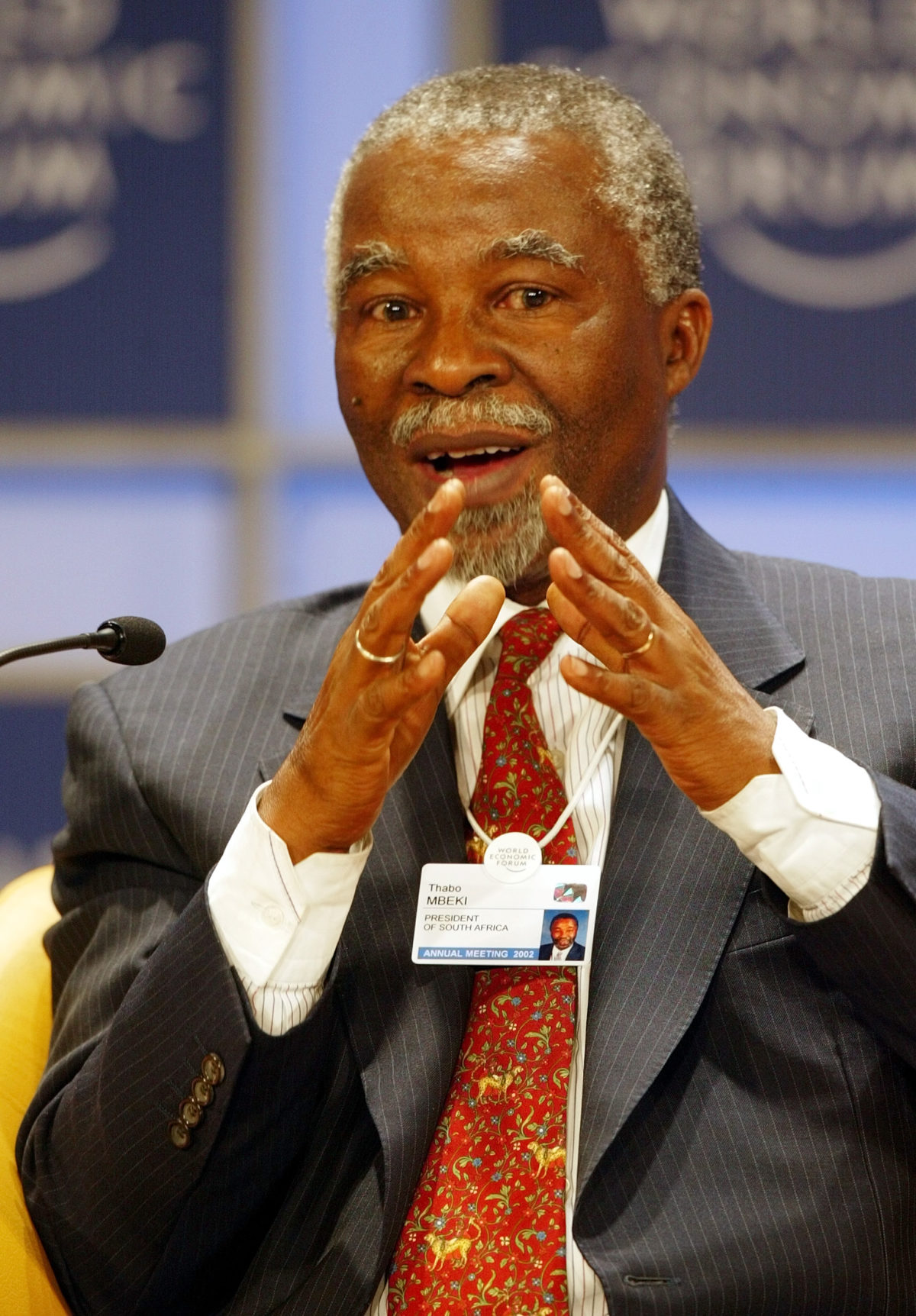
South African President Thabo Mbeki (in office from 1999–2008) rejected calls to pour more government money into ESKOM, claiming that some kind of deal could be made to get private investors to foot the bill. Mbeki’s assumption was eventually proven wrong; the ANC’s key political allies promised militant opposition to privatization and were poised to deliver on that threat.
In the midst of this political stalemate ESKOM failed to upgrade its capacity and the South African Energy Crises began exactly as predicted in 2007. That same year Mbeki made a public apology, admitting, “Eskom was right and government was wrong”.
By then, the damage had been done. ESKOM continues to struggle to this day to keep South Africa’s lights on.
Effects of the South African Energy Crises
Due to his handling of ESKOM among other issues, in 2008 Mbeki was replaced by fellow ANC party member and political rival Jacob Zuma. The incoming president Zuma inherited a wide range of problems either caused or made worse by his predecessor.
To solve the energy crises, in 2015 Jacob Zuma pursued a massive R1 trillion ($66BN) deal with the Russian government’s Rosatom corporation to build 6 nuclear reactors. Rosatom corporation was founded by current Russian president Vladimir Putin. To this day, there are multiple international companies bidding to sign contracts to build nuclear power plants in South Africa. It is alleged that Putin used his old cold war connections to secure the lucrative contract ahead of other bidders.
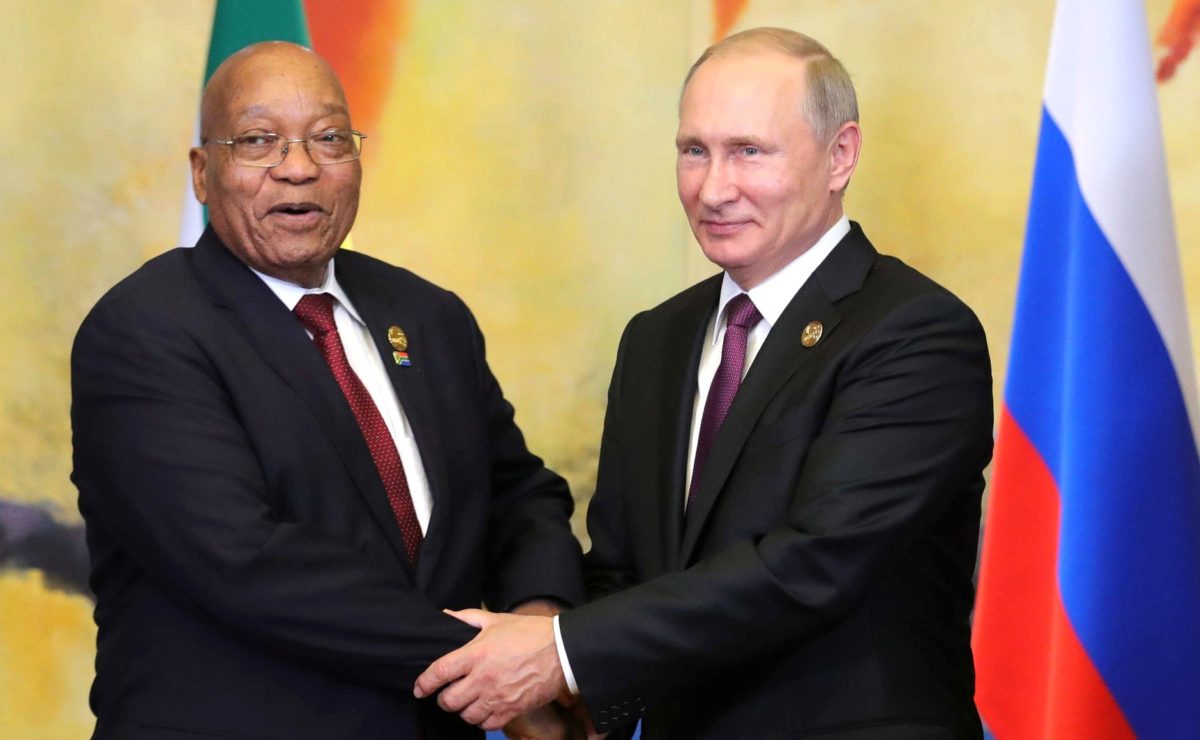
Earthlife Africa and the Southern Africa Faith-Communities’ Environmental Institute filed legal challenges in Cape Town’s high court, where the new reactors were to be built and maintained at the Koeberg nuclear power plant. The environmental NGOs were quick to point out the numerous irregularities in how the deal was pursued. Cape Town High Court ruled in favor of the challenges, stating that government did not follow due process in signing Rosadam’s agreement and declared it illegal.
It was later revealed that Zuma may have had a personal stake in the deal due to his connections with the powerful Gupta family and their combined interests in the energy and uranium mining sectors.
Proposed Solutions to the Energy Crises
The following year President Zuma, like his predecessor Mbeki, was removed and replaced by an ANC member and political rival, Cyril Ramaphosa.
Since coming to office Ramaphosa has endorsed the Department of Energy’s Integrated Resource Plan (IRP) which focuses on investment into renewable energy sources, as well as an expansion of the already-existing coal and nuclear power infrastructure.
The Ministry of Energy estimates that the country produces around 51,309 megawatts (MW) from all sources, annually. About 90% of this is generated from traditional thermal power sources while 10% or 5,500 MW is generated from renewable sources. The IRP aims to increase renewable energy production to 19,400 MW annually by the year 2030.
The government’s proposed energy investment plans have encountered opposition from a combination of environmental activists, major labor unions and various corporations, each opposed to the plan for different reasons.
Environmental activists have long decried the existence of the Koeberg nuclear power plant and are actively pushing against plans for its expansion. Fears of another catastrophic Fukushima-type disaster are of particular concern, as Koeberg is located in a region with the highest recorded record of earthquakes in the country; recently the region recorded a 3.4 magnitude quake. ESKOM has attempted to reassure the public, stating that Koeberg is designed to withstand a magnitude 7 earthquake.
Powerful coal lobbyists and business unions invested in ESKOM’s coal power operations are skeptical of the plan’s focus on renewable energy and are pushing for funds to be spent instead on updating South Africa’s ailing coal power infrastructure instead.
The IRP also outlines plans to break ESKOM into 3 distinct operations: generation, transmission and distribution. Fearing this will lead to a sell-off of ESKOM to private investors, the National Union of Mineworkers (NUM) — which represents the majority of ESKOM’s unionized workers — has threatened to go on strike if this were to happen.
As mentioned earlier, COSATU is also fiercely opposed to privatizing ESKOM and has indicated it is willing to take similar action. Ramaphosa went on record to state that there are no plans to privatize ESKOM, though he wants to establish “partnerships” with the private industry. Over the years COSATU has softened its hardcore stance on the issue, publicly stating that it’s willing to privatize certain parts of ESKOM while maintaining that the government should remain the primary shareholder.
The persisting political stalemate in the halls of power continues to cast serious doubt over whether the government will be able to stem the crises anytime soon. It’s also worth noting that the IRP is designated as a “living document” and is subject to periodic changes at the discretion of the Ministry of Energy. It was most recently updated in 2019 and isn’t expected to fully materialize until the year 2030.
ESKOM Corruption Scandals
Another major contributor to the energy crises is the ongoing problem of corruption within ESKOM. In 2017, Jacob Zuma and the wealthy Gupta family became the focus of a major corruption scandal revolving around ESKOM’s payments to companies linked to them.
A report from The Amabhungane Centre for Investigative Journalism detailed how the ‘Zuptas’ used their considerable influence and power within ESKOM to award contracts to companies controlled by them. This includes the 2015 Russian nuclear deal which was ultimately struck down in Cape Town’s high court.
In 2019, Public Enterprises Minister Pravin Gordhan, estimated that somewhere between R20BN ($1.3BN), or more, had been lost due to widespread corruption within ESKOM.
Most recently, on October 14, 2020, the Special Investigations Unit (SIU) announced it was investigating over 5,000 ESKOM employees for alleged corruptive practices. The unit also announced it is investigating dozens of companies who signed contracts with ESKOM to provide coal transportation and much needed maintenance on coal power plants.
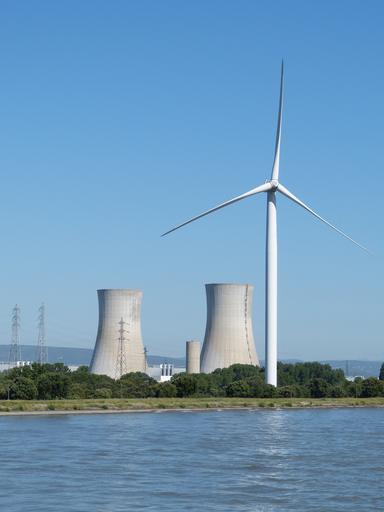
Light at the End of the Tunnel?
The ongoing energy crisis is not the first in South Africa’s history. In the 1950s–1970s ESKOM was dealing with the same problems. Back then, the government moved decisively and authoritatively to solve crises by any means necessary. As brutal as the old Apartheid regime could be, many pine for the days when government was more centralized, orderly and predictable.
Fast-forward to today and South Africa is still navigating the challenges of democratizing society while also maintaining political and economic stability. Since the end of Apartheid, the halls of power have grown wider, i.e the National Party is no longer the sole authority. The ANC has inherited the role as the dominant party of the country, but unlike the the past Apartheid regime it is more dependent on influential groups like COSATU and wealthy international capitalists to get it’s policies through.
By incorporating the expansion and development of coal, nuclear and renewable energy sources, Ramaphosa is attempting to get as much support as possible for the Integrated Resource Plan. In order to be successful, he needs buy-in from all the major stakeholders — a task easier said than done, considering the multiple competing interests and massive corruption within his own camp.
Despite these challenges, the government continues its efforts to complete the IRP. No matter what happens, ESKOM predicts intermittent power cuts to continue at least until 2022 and likely beyond. Much like the climate crisis, no matter what happens the energy crisis is here to stay in South Africa for the foreseeable future. How exactly we spend our time and money to address these issues may ultimately determine whether our children get to see light at the end of the tunnel.
Follow us on X (aka Twitter), Facebook, YouTube, Vimeo, Instagram, Mastodon, Threads, BlueSky and Patreon.
Please consider a tax-deductible donation to help sustain our horizontally-organized, non-profit media organization:



